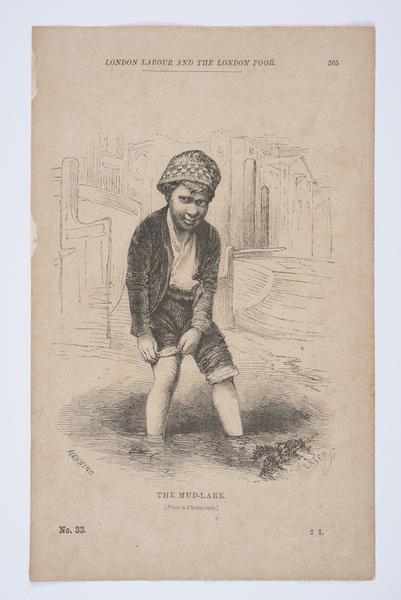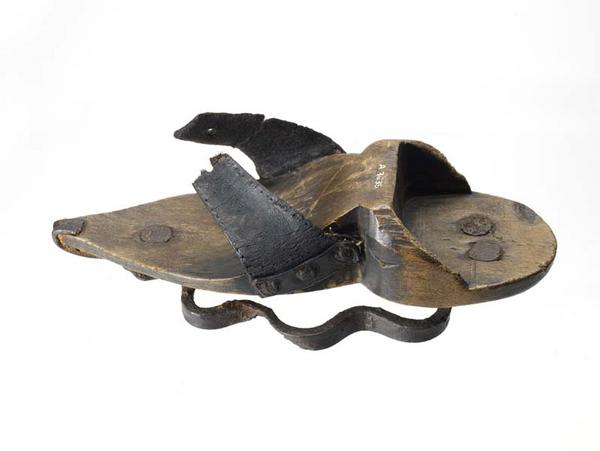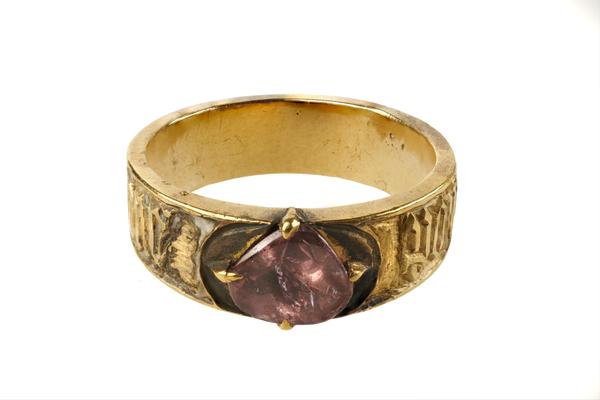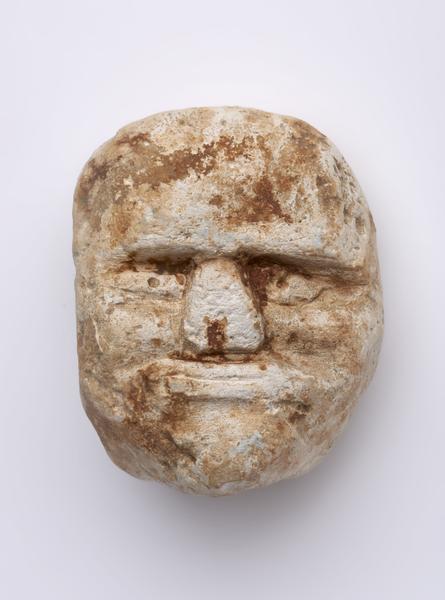What is mudlarking?
Mudlarks once scraped a living on the shores of the Thames. Now mudlarking is all about discovering amazing archaeological finds.
River Thames
Since the 19th century

Scouring a river overflowing with secrets
On the muddy margins of the River Thames, a hidden history lies just out of sight.
The Thames runs right through London’s past. It’s been the city’s transport and trade link, once home to the largest port in the world.
The river gathers anything it’s given – rubbish, tributes or lost jewellery – and over time it’s become an incredibly important archaeological site.
As the tides wash in, more and more is revealed. And today’s licensed mudlarks are there to unearth what’s been left behind.
“Compelled from utter destitution to seek for the means of appeasing their hunger in the mud of the river”
Henry Mayhew describing mudlarks, London Labour and the London Poor
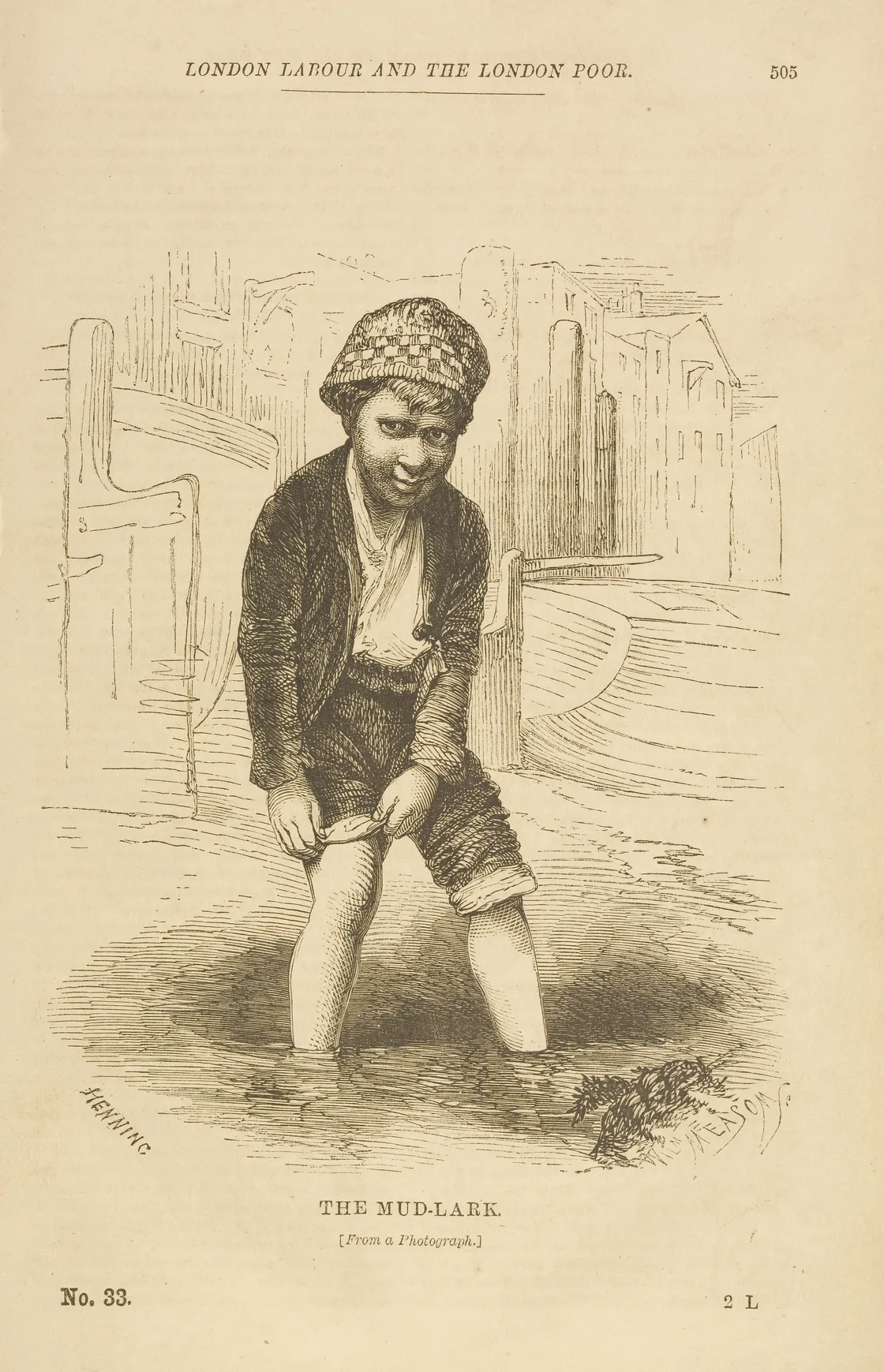
An illustration of a young mudlark in Henry Mayhew's 1861 edition of London Labour and the London Poor.
The history of mudlarking
In the 18th and 19th centuries, poor Londoners sold scraps they found on the foreshore to earn any money they could. They became known as mudlarks.
Henry Mayhew, the social commentator, describes the mudlarks in the mid-19th century as “compelled from utter destitution to seek for the means of appeasing their hunger in the mud of the river”.
Mudlarks ranged from the very young to the elderly. They were looking for lumps of coal, rope, bones, iron or copper – anything that could be sold.
Mudlarks only did this to survive extreme poverty. The treacherous mud and fast tides made it a dangerous activity. And centuries ago, the Thames was far more polluted – a disease-carrying river infamous for the 1858 Great Stink.
Today’s mudlarks
The mudlarks who search the shores of the river today do it as a rewarding hobby, not out of desperation.
Now mudlarks use their keen eyes, metal detectors and trowels in the hunt for objects, and they play an important role in preserving the city’s past.
London Museum has worked with the mudlarks since the 1970s to document the changing Thames foreshore and to record their finds.
Can anyone try mudlarking?
You need a permit from the Port of London Authority (PLA) to go mudlarking.
A total of 4,000 permits are issued by the PLA, each valid for one year. There is a waiting list for those who miss out.
The Thames Foreshore Permit regulates how mudlarks search, and in which locations.
Mudlarks must report any and all objects which could be of archaeological interest. Finds are reported to the Portable Antiquities Scheme Finds Liaison Officer.
What have mudlarks found?
All sorts have been found along the shore in London, including Bronze Age swords, Roman glass jewels and over 250 ancient human skeletal remains – including the skull of a Neolithic man which is over 5,500 years old.





